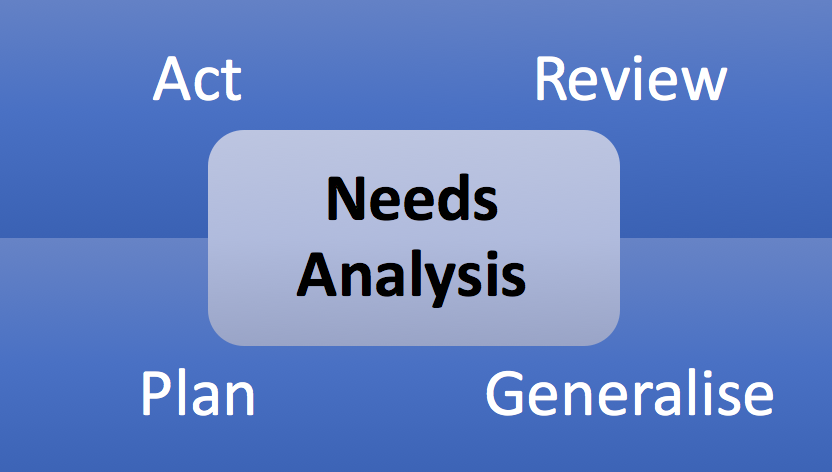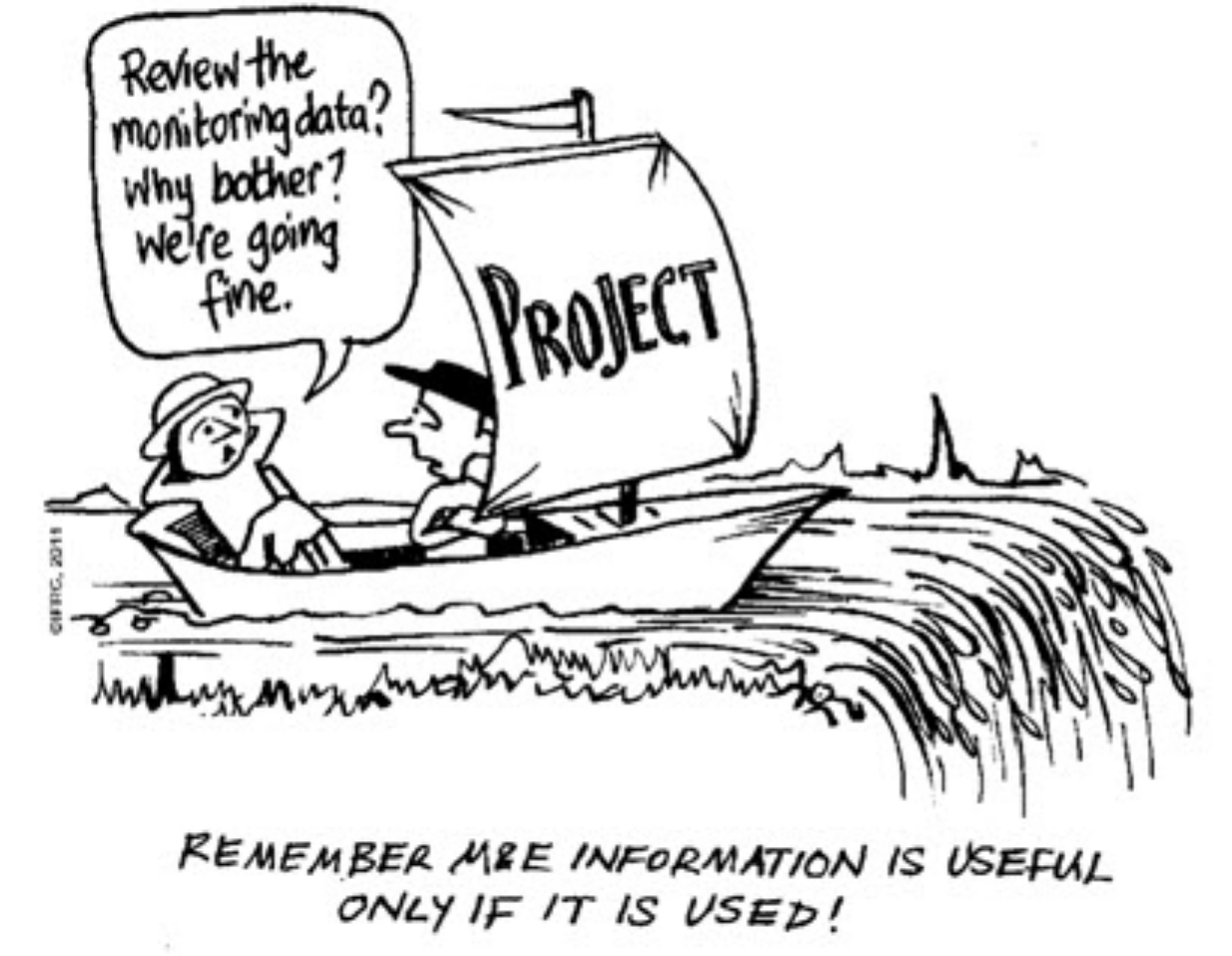Negotiating for agreed outcomes is a skill that can be learnt. Technical expertise or hard skills, are often what the clients of extension professionals are looking for. However, in modern day extension programs, it is now critical that soft skills, such as being able to effectively negotiate, enable collaboration and achieve consensus, are part of an extension professional’s skill set.
Negotiation definition, “The process of discussing something with someone in order to reach an agreement with them, or the discussions themselves.” – Cambridge English Dictionary
Negotiation involves reaching an outcome that is satisfactory to all of the parties concerned. To do so, an extension professional must be effective at needs analysis, understanding the values of the stakeholders in question and being able to negotiate outcomes that are suitable for all.
Historically, particularly when extension in Australia was focussed on one to one deliver, extension staff (whether agency, private provider or community based), were largely technical information experts, working with individual farm businesses.
As extension services shifted to having greater emphasis on group based extension and empowering farmers and farm businesses; there was a shift to the need for extension professionals to provide the role of facilitator, consensus builder and information broker. Whilst still having technical expertise and understanding of the subject matter involved.
This shift also created the need for greater stakeholder analysis.
Whenever an extension program has particularly outcomes it needs to achieve, involving a range of stakeholders, often with different needs. Using the principles and processes of negotiation, can be very effective.
Steps to Negotiating Effective Outcomes
Needs Analysis
Extension professionals must be skilled at identifying the desired outcomes of the extension program and the needs of all of the stakeholders targeted or involved and knowing or predicting the outcomes that will be required by each party. Critically, these outcomes must be the focus of the next steps.
Preparing
Once what success looks like and the desired outcomes are clear, the focus shifts to planning how they will be reached:
- What are the social networks and relationships involved that will need to be worked with?
- Does a consensus have to be reached?
- Do stakeholders need to get on the same page in respect to the proposed outcomes, are there a range of perceptions?
- Is validation of the desired outcomes needed?
- Are incentives or trade offs required?
- Are relationships already established and are there any precedents or past history that is going to influence how outcomes may be achieved?
Again, it is critical that the Extension professional should undertake some stakeholder analysis to determine whether different stakeholders need different approaches, to help prioritise and allocate resources most effectively. Are there stakeholders that have more influence and power than others?
A S.W.O.T. analysis can be a useful at this stage, to assess the current strengths, weaknesses, opportunities and threats to achieving the desired outcomes and to help plan accordingly.
Building rapport
This is a critical step. The Extension professional must spend some time getting to know the stakeholders, establishing credibility with them and helping them get to know each other and find common ground.
It is essential they employ active listening skills, which will help them understand the stakeholders better, where they are at, how they feel about things and how likely they are to engage and work towards the desired outcomes.
It will also help identify barriers to adoption and any relationships or consensus that needs to be established. It is important to create an enabling environment. It may be useful and appropriate to use a group facilitation/empowerment model.
Communication styles
The Extension professional needs to be prepared to be flexible and use appropriate communication styles at any given stage.
They need to know when to ask the right questions and understand where stakeholders are at and be able to control things. If things get contentious and emotions are getting involved, they need to be able to manage the situation.
They must always remain professional and keep their own emotions in check, even when in challenging circumstances.
They need to ensure that at all times things are understood and are confirmed with appropriate documentation. They need to be able to assess if misunderstandings are occurring and be able to rectify such situations quickly.
They need to judge when they need to take control and lead and when it is best to empower others to lead. They may also need to plan for some effective presentations.
If a range of people/stakeholders are involved, it will be useful to consider what different personalities and learning styles are involved and need to be engaged with. Being able to draw on communication experience and life skills is very important.
If circumstances get particularly complicated, contentious or generally very challenging for the Extension professional; they need to be able to judge that and seek assistance as needed.
Collaborating and teamwork
Extension professionals need to create environments where stakeholders enjoy interacting with each other, recognise their shared values and develop a sense of teamwork and collaboration.
Engaging in this manner, can identify opportunities for particular partnerships, networks or advantageous relationships. They need to be able to focus on the outcomes, whilst also looking out for the wellbeing of those involved.
Problem solving
Expect the unexpected. As challenges arise, Extension professionals need to have good problem solving skills and be able to identify alternative approaches when one approach is not working and have a “can do” attitude.
Steps in problem solving:
- Clearly identify and describe the problem(s)
- Explore options, ideas and potential solutions
- Test the potentially suitable options
- Monitor and evaluate the result(s)
- Have the problems been resolved or is there more that needs to be addressed? If so, carry out the steps again.
Judgement
Having said that they need to identify and address challenges, they also need to be able to judge when things are just not working and more time or other resources may be needed, or compromises need to be aimed for. Wherever possible, good and effective working relationships need to be maintained.
If the likelihood of outcomes being achieved looks particularly challenging, then the Extension professional needs to make a judgement call with stakeholders and look at planning contingencies.
This will help stakeholders avoid becoming stalled and may involve identifying and stepping them through other goals or milestones, as a way of reaching the ultimate desired outcome(s).
Reliability
Documenting an agreed action plan, including those for the Extension professional, who needs to ensure they deliver what they say the will, within an agreed timeframe, will help keep things on track and people reliable.
If all parties are clear on who is going to do what, where, when and how; confidence is built and commitment to the cause is maintained. People are more likely to maintain their motivation and agreed levels of accountability or responsibility, when they can see others are committed and reliably doing what they say they will.
Individuals become even more reliable and trustworthy partners overtime, as a result of trust that is progressively built up.
Monitoring and evaluation
What has occurred? Have the desired outcomes been reached? Do changes in the process need to be made? Do the desired outcomes themselves need to be revisited? What has occurred for different stakeholders?
What success looks like needs to have been defined and monitoring and evaluation steps agreed to and implemented to ensure everything stays on track.
“The only thing certain about a negotiation, is that it will lead to another negotiation” – Leigh Steinberg
“Negotiation in extension settings, is all about knowing what you want to achieve, understanding what other stakeholders are trying to achieve and going after a win win situation. Negotiation often involves compromise and changes to deliverables. The reality is that all parties may need to make concessions, in order for relationships to be preserved and outcomes that are effective for all stakeholders reached.”
Content sources and further information
C. Fiske., J. Clark. Negotiation Skills. University of Missouri Extension
K. Shonk. (2018). Top 10 Negotiation Skills You Must Learn to Succeed. Harvard Law School Blog.
C. Leeuwis (2004). Communication for Rural Innovation. Third Edition. Blackwell Science Ltd. ISBN 0–632–05249–X
G. Leach. (2003). Negotiation – The Hallmark of NRM Extension. Australian Pacific Extension Network



